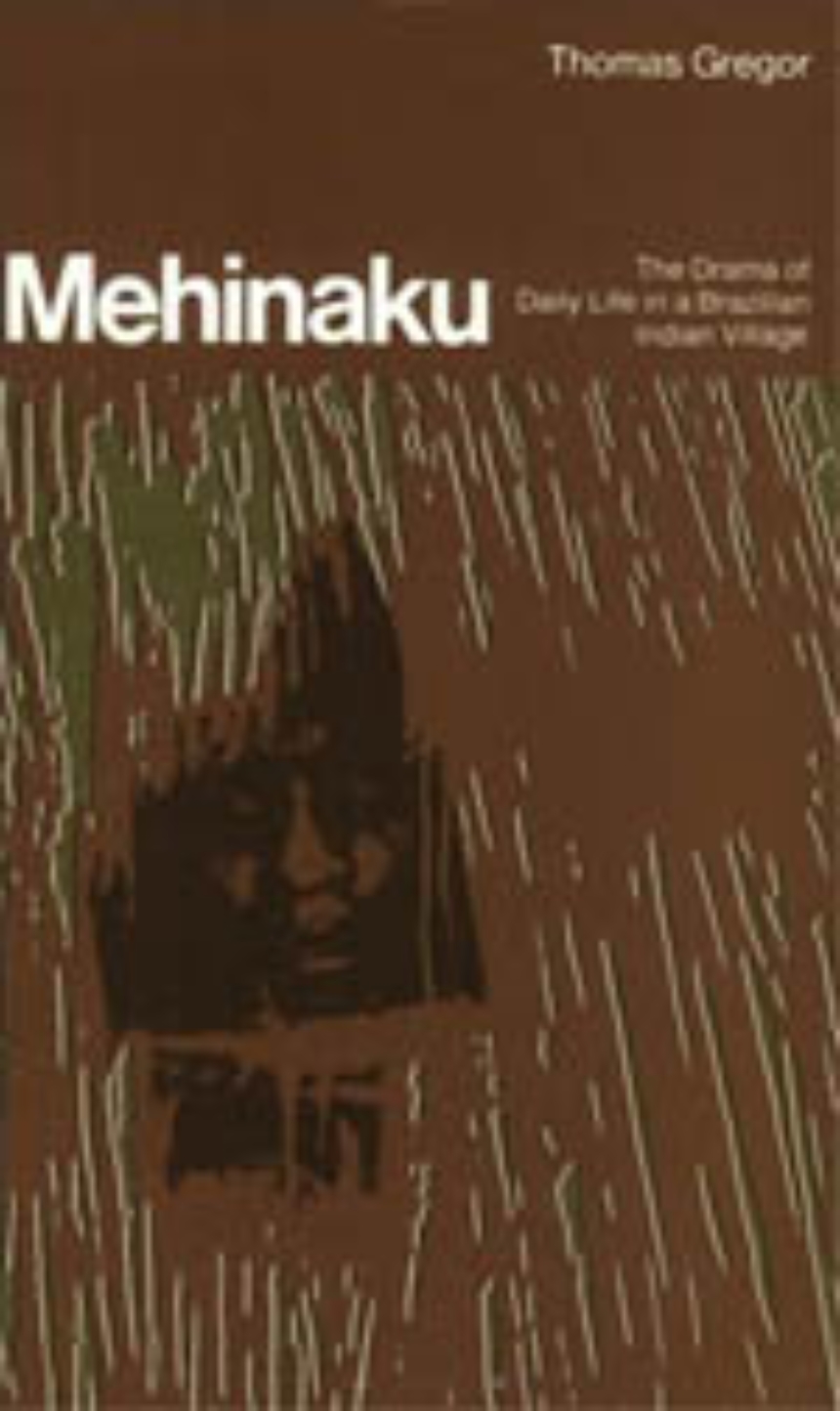Mehinaku
The Drama of Daily Life in a Brazilian Indian Village
Thomas Gregor sees the Mehinaku Indians of central Brazil as performers of roles, engaged in an ongoing improvisational drama of community life. The layout of the village and the architecture of the houses make the community a natural theater in the round, rendering the villagers’ actions highly visible and audible. Lacking privacy, the Mehinaku have become masters of stagecraft and impression management, enthusiastically publicizing their good citizenship while ingeniously covering up such embarrassments as extramarital affairs and theft.
Table of Contents
List of Figures
List of Tables
Acknowledgments
Introduction
1. The Dramaturgical Metaphor
2. The Tribes of the Upper Xingu and the Mehinaku Indians
The Setting for the Drama
3. Space, Settings, Designs
4. The Design for the Community and the Flow of Information
5. Institutions and Information
6. The Institutions and Strategies of Concealment
7. What Goes On Behind the Scenes: Games Children Play
8. Theft and How to Get Away with It
9. Extramarital Sex and Concealment
The Staging of Social Relationships
10. Being Well Dressed: Preparing for Interaction
11. Greetings and Goodbyes
12. Portraits of Self
13. Withdrawal and Disengagement
14. The Cycle of Seclusion
The Script for Social Life
15. The Mehinaku Concept of Social Roles
16. Mehinaku Kinship
17. Writing Your Own Ticket: Manipulating Kinship
18. Being a Mehinaku: Tribal Identity in the Xingu System
19. Spirits, Rituals, and Social Innovation
20. Dilemmas of Performance: Shamanism
21. Mehinaku Social Drama
Bibliography
Index
List of Tables
Acknowledgments
Introduction
1. The Dramaturgical Metaphor
2. The Tribes of the Upper Xingu and the Mehinaku Indians
The Setting for the Drama
3. Space, Settings, Designs
4. The Design for the Community and the Flow of Information
5. Institutions and Information
6. The Institutions and Strategies of Concealment
7. What Goes On Behind the Scenes: Games Children Play
8. Theft and How to Get Away with It
9. Extramarital Sex and Concealment
The Staging of Social Relationships
10. Being Well Dressed: Preparing for Interaction
11. Greetings and Goodbyes
12. Portraits of Self
13. Withdrawal and Disengagement
14. The Cycle of Seclusion
The Script for Social Life
15. The Mehinaku Concept of Social Roles
16. Mehinaku Kinship
17. Writing Your Own Ticket: Manipulating Kinship
18. Being a Mehinaku: Tribal Identity in the Xingu System
19. Spirits, Rituals, and Social Innovation
20. Dilemmas of Performance: Shamanism
21. Mehinaku Social Drama
Bibliography
Index
